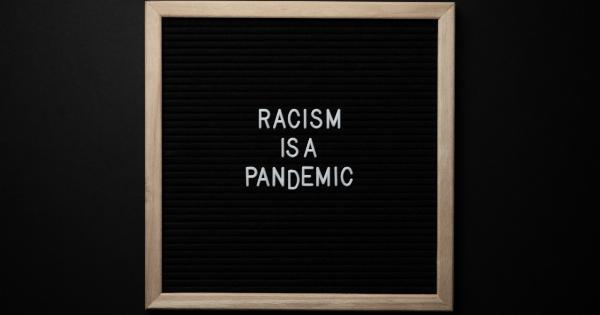Childhood cancer is a serious disease that affects a significant number of children every year. According to Cancer.Net, about 10,590 new cases of childhood cancer are diagnosed each year in the United States alone.
The diagnosis of cancer in a child can be a devastating experience for the parents and the child. It is important to understand childhood cancer, its diagnosis, treatment, and coping strategies to help children and families navigate this challenging journey.
Diagnosis of Childhood Cancer
Early detection of childhood cancer is critical for effective treatment and cure. The most common diagnosis techniques include physical exams, blood tests, imaging tests, and biopsies of tissue samples.
These tests help doctors to identify the type of cancer, the stage of the disease, and the best treatment options. Imaging tests may include X-rays, CT scans, MRI scans, or ultrasounds. A biopsy involves taking a tissue sample of the affected area for further analysis.
In some cases, doctors may also perform a bone marrow biopsy to check for cancer cells in the bone marrow.
Types of Childhood Cancer
There are several types of childhood cancer, including:.
- Leukemia – affects the blood and bone marrow
- Lymphoma – affects the immune system
- Neuroblastoma – affects the nerve cells and adrenal glands
- Brain tumors – affect the brain and spinal cord
- Wilms tumor – affects the kidneys
- Bone cancer – affects the bones and cartilage
- Sarcomas – affect the connective tissue, muscles, and bones
The type of cancer affects the choice of treatment and coping strategies for the child and family.
Treatment for Childhood Cancer
The treatment of childhood cancer depends on the type of cancer, its stage, and the child’s overall health. The most common treatment options include:.
- Surgery – removal of the tumor or affected tissue
- Chemotherapy – use of drugs to kill cancer cells
- Radiation therapy – use of high-energy X-rays to kill cancer cells
- Stem cell transplantation – replacement of unhealthy bone marrow with healthy cells
The treatment options may be used individually or in combination. The duration of treatment and side effects may vary depending on the child’s response to the treatment.
Coping Strategies for Childhood Cancer
A diagnosis of childhood cancer can be emotionally and physically challenging for the child and family. Some coping strategies that can help the child and family to navigate the journey of childhood cancer include:.
- Seeking support from healthcare providers, family, friends, and community organizations
- Joining support groups and talking to other families who have gone through similar experiences
- Engaging in creative activities such as art, music, and storytelling
- Adopting a healthy lifestyle through exercise and a healthy diet
- Providing a positive environment for the child through supportive and open communication
- Participating in activities outside the hospital environment to promote socialization and normalcy
The Importance of Monitoring Childhood Cancer
After treatment, it is important to monitor the child’s health to ensure the cancer does not come back. This involves regular visits to the healthcare provider for physical exams, blood tests, imaging tests, and other necessary tests.
Follow-up care may continue for many years after the treatment has ended.
The Bottom Line
Childhood cancer is a serious disease that affects many children around the world. Early diagnosis, prompt treatment, and effective coping strategies are important for the child’s health and well-being.
Seeking support from healthcare providers, family, friends, and community organizations can help children and their families to navigate the journey of childhood cancer.






























